Correlation of Band Bending and Ionic Losses in 1.68 eV Wide Band Gap Perovskite Solar Cells
Advanced Energy Materials, Volume 15, Issue 16, April 22, 2025.

Piperazinium salt treatments with different anions (chloride, iodide, tosylate, and bistriflimide) influence the energetics, carrier dynamics and long-term stability of 1.68 eV perovskite solar cells. Chloride treatments achieve the highest efficiency (21.5%) but suffer from fast degradation due to ionic losses. Tosylate treatments provide a better efficiency-stability trade-off, highlighting the critical role of surface energetics for stability.
Abstract
Perovskite solar cells (PSCs) are promising for high-efficiency tandem applications, but their long-term stability, particularly due to ion migration, remains a challenge. Despite progress in stabilizing PSCs, they still fall short compared to mature technologies like silicon. This study explores how different piperazinium salt treatments using iodide, chloride, tosylate, and bistriflimide anions affect the energetics, carrier dynamics, and stability of 1.68 eV bandgap PSCs. Chloride-based treatments achieved the highest power conversion efficiency (21.5%) and open-circuit voltage (1.28 V), correlating with stronger band bending and n-type character at the surface. At the same time, they showed reduced long-term stability due to increased ionic losses. Tosylate-treated devices offered the best balance, retaining 96.4% efficiency after 1000 h (ISOS-LC-1I). These findings suggest that targeted surface treatments can enhance both efficiency and stability in PSCs.













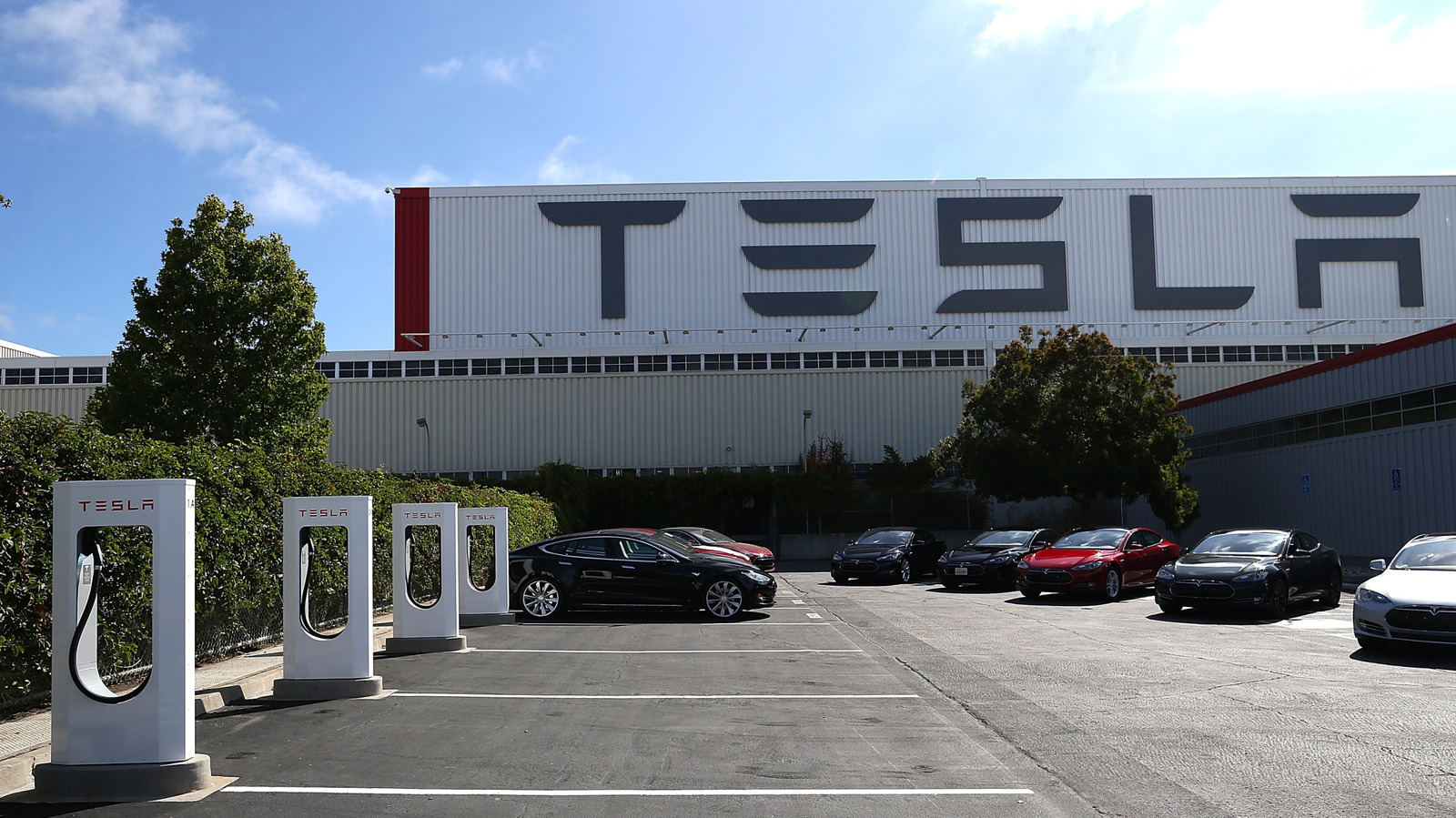



























































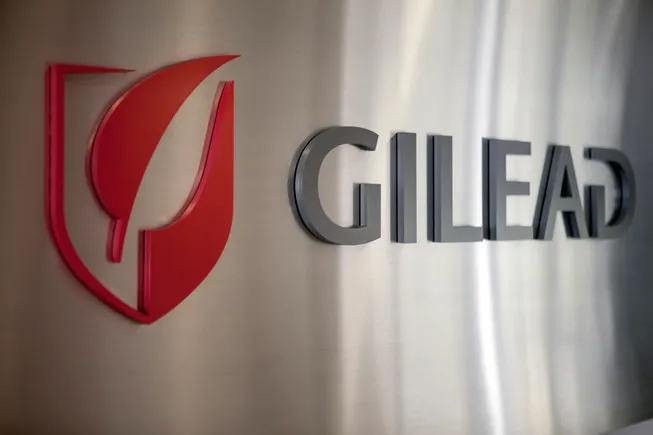



















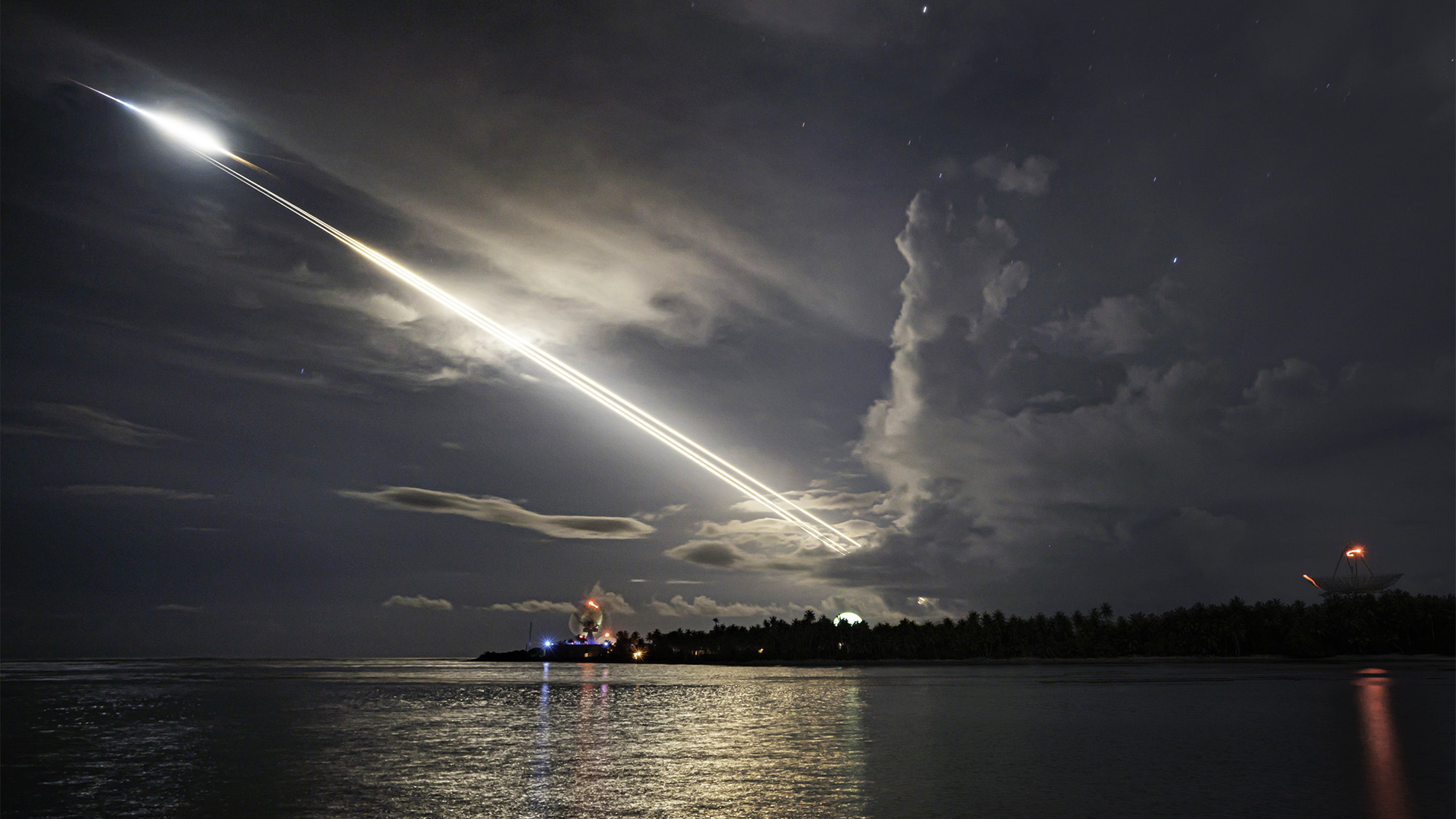









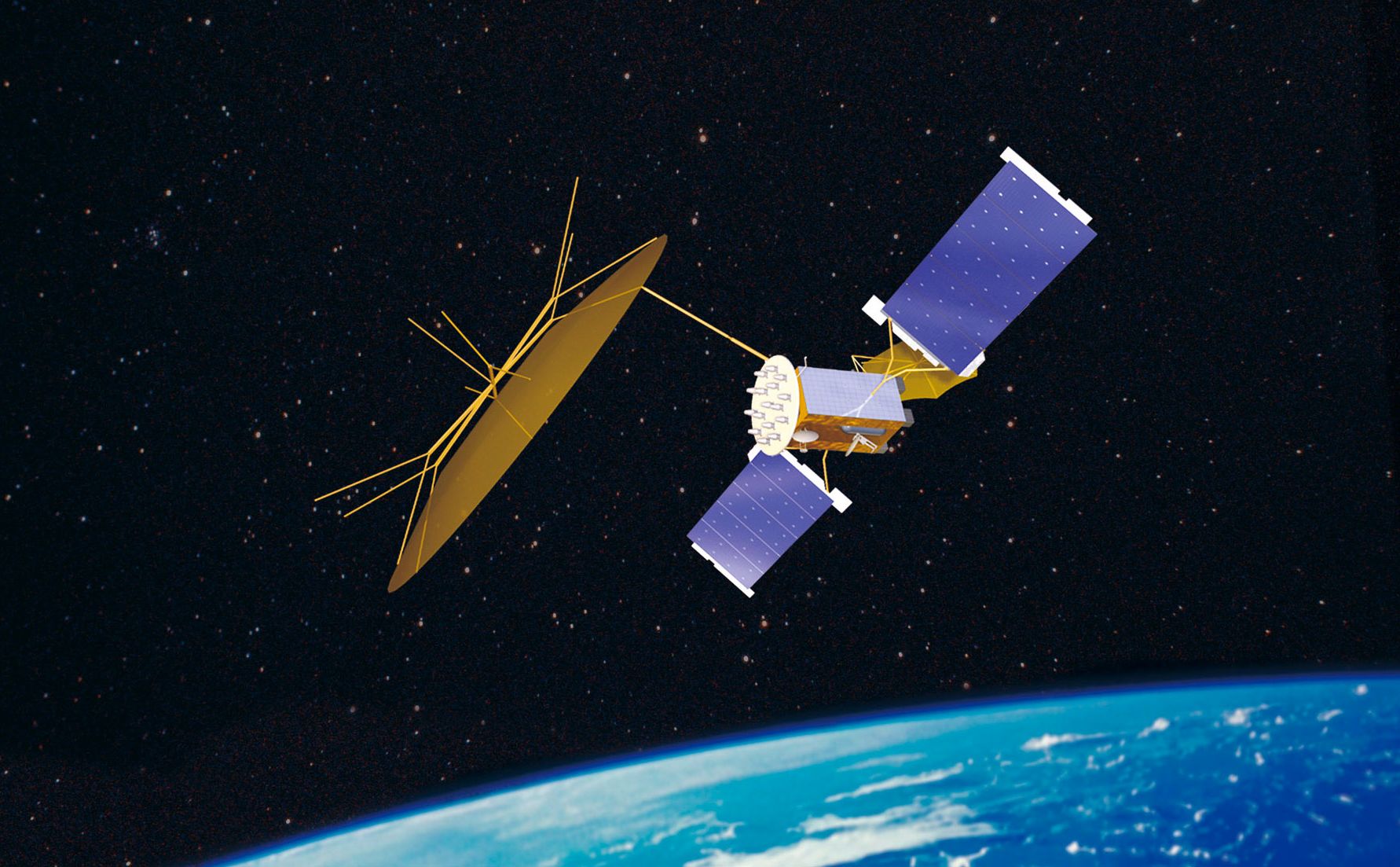


















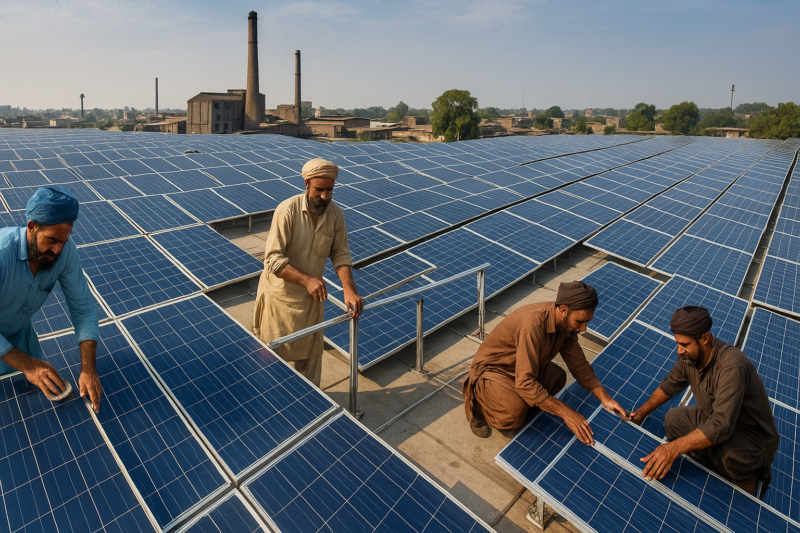









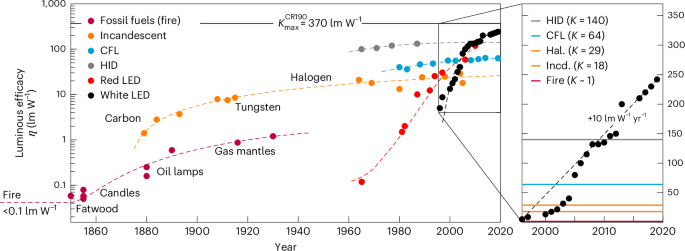






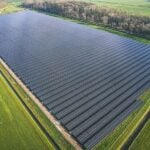
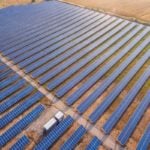




























.jpg)




